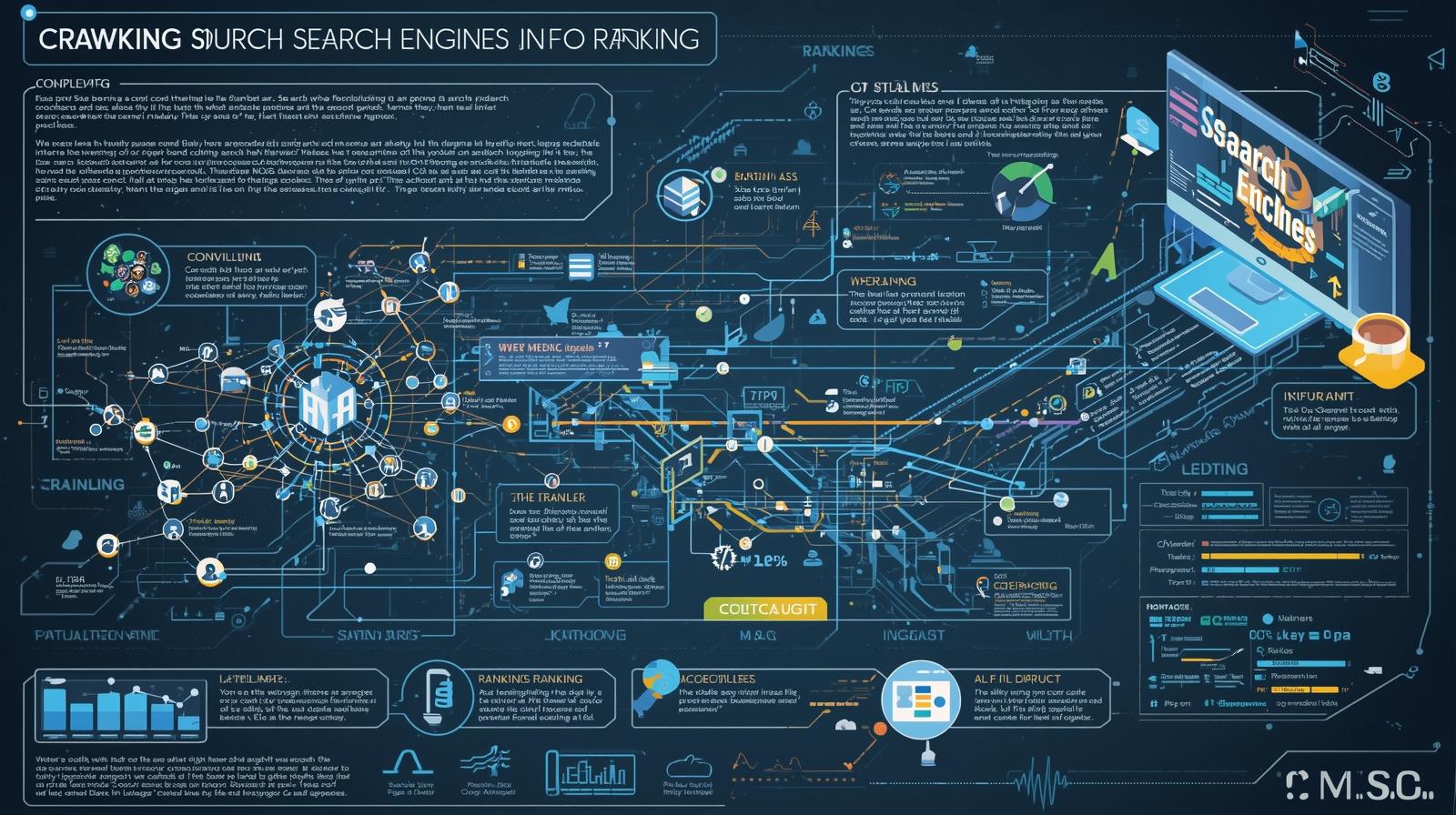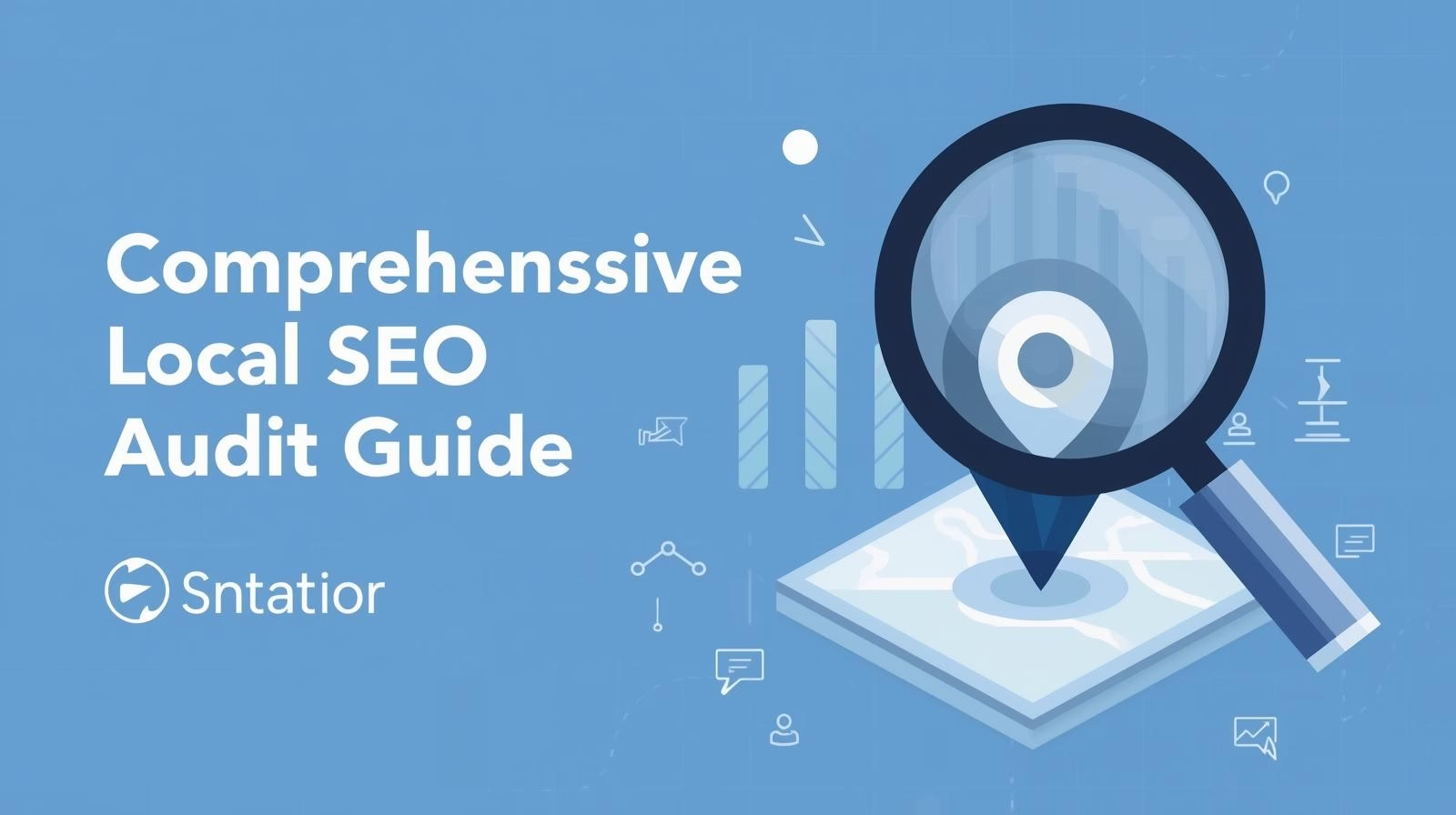Ever wondered how Google or Bing decides which pages appear at the top of search results? Whether you’re a business owner, blogger, or digital marketer, understanding how search engines work is crucial for improving your visibility online. At the core of this process are three key stages: crawling, indexing, and ranking.
In this article, we’ll break down each stage step by step, explain why it matters, and show you how to optimize your website to work in harmony with search engines. By the end, you’ll have a clear understanding of how your content makes its way from your website to the top of a search results page.
What Are Search Engines and Why Do They Matter?
Search engines are online tools that help users find information across the web. The most popular search engine, Google, processes over 8.5 billion searches every single day. Other examples include Bing, Yahoo, and DuckDuckGo.
At their core, search engines act like massive digital libraries. Instead of books, they organize billions of web pages so users can quickly find what they’re looking for. To make this happen, search engines rely on crawling, indexing, and ranking, three processes that work together to deliver fast, accurate, and relevant results.
Step 1: Crawling – How Search Engines Discover Content
Crawling is the first step in how search engines work. It’s the process of discovering new and updated content across the web.
How Crawling Works
Search engines use automated programs called crawlers or spiders (e.g., Googlebot).
These bots follow links from one page to another, scanning the internet continuously.
Every time they find a new page, they analyze its content, structure, and metadata.
For example:
If you publish a new blog post and link it from your homepage, search engine bots will likely discover it the next time they crawl your site.
What Helps Crawling
XML Sitemaps: A sitemap is like a roadmap of your website, guiding crawlers to all important pages.
Internal Linking: Linking between your own pages makes it easier for crawlers to navigate.
Mobile-Friendly Design: Since most searches happen on mobile, crawlers prioritize mobile-optimized sites.
What Hurts Crawling
Broken Links: These are dead ends for crawlers.
Robots.txt Errors: If not configured correctly, this file can accidentally block important pages.
Slow Server Speeds: If your site takes too long to load, crawlers may skip some content.
Pro Tip: Regularly check Google Search Console for crawl errors to make sure search engines are finding your pages correctly.
Step 2: Indexing – How Content Gets Stored
Once a page is crawled, the next step is indexing. This is when search engines analyze and store information about the page in their massive databases.
What Happens During Indexing
The crawler sends page content back to the search engine.
The system processes the page, examining:
Keywords and phrases
Meta tags (title and description)
Headings and subheadings
Images and alt text
Structured data (schema markup)
The page is then stored in the search index, ready to be retrieved when someone searches for relevant queries.
Think of indexing like adding a new book to a library catalog, it makes the content available for readers to find later.
Why Some Pages Don’t Get Indexed
Duplicate Content: If your page is too similar to others, it may not be added.
Low-Quality Content: Thin or spammy pages are often excluded.
Blocked Resources: If CSS or JavaScript files are blocked, crawlers may not understand the page correctly.
How to Improve Indexing
Publish original, valuable content.
Use clear meta tags and structured headings.
Submit your sitemap in Google Search Console.
Implement schema markup to help search engines better understand your content.
Step 3: Ranking – How Search Engines Order Results
Crawling and indexing get your content into the system, but ranking determines where your page shows up on the results page.
Ranking is the process of determining the order in which web pages appear in search results after a query. A higher-ranked page (like being #1 on Google) is considered more relevant, trustworthy, and useful than lower-ranked results.
How Ranking Works
When you type a question into Google, Bing, or any other search engine, millions of web pages could be relevant. Yet, within seconds, you see an organized list of results, with some pages showing up on top while others are buried deep in the search results. This order isn’t random, it’s called ranking, and it’s one of the most crucial parts of how search engines work. (Looking for a detailed guide to get on top?)
Key Ranking Factors
Relevance – Does the page content match the search query?
Content Quality – Is the information original, useful, and well-written?
Backlinks – Do other trustworthy sites link to the page?
User Experience (UX) – Does the page load quickly, look good on mobile, and provide easy navigation?
Freshness – Is the content up to date?
Search Intent – Does the page align with what users want (informational, transactional, navigational)?
For example:
If someone searches “best running shoes for beginners,” search engines will prioritize in-depth guides and product comparisons over generic shoe websites.
Tips to Improve Rankings
Perform keyword research and naturally integrate keywords.
Create long-form, high-value content that answers user questions thoroughly.
Build authoritative backlinks from reputable websites.
Optimize Core Web Vitals for speed and usability.
Regularly update old content to stay relevant.
Why Understanding Crawling, Indexing, and Ranking Matters
If you want your website to appear in search results, you need to optimize for all three steps:
Without crawling, your site won’t even be discovered.
Without indexing, your pages won’t be stored in the search engine’s database.
Without strong ranking signals, your content won’t rise above competitors.
In short, skipping any of these steps means your site may remain invisible to your target audience.
Search engines may seem like magic, but in reality, they follow a systematic process: crawling, indexing, and ranking. First, bots discover your content. Then, search engines analyze and store it. Finally, algorithms decide how high it appears in search results.
By understanding these processes, you can fine-tune your website to improve visibility, attract more traffic, and ultimately grow your business.
If you found this article helpful, share it with others who want to understand how search engines work, or drop a comment below with your questions!
FAQ: How Search Engines Work
1. What is crawling in SEO?
Crawling is when search engines use bots (like Googlebot) to discover new or updated pages on the web by following links and sitemaps.
2. How long does it take for Google to index a page?
It can take anywhere from a few hours to several weeks, depending on factors like site authority, crawl frequency, and sitemap submissions.
3. What causes a page not to rank?
Poor content quality, lack of backlinks, slow site speed, or failure to match search intent can prevent a page from ranking well.
4. What’s the difference between indexing and ranking?
Indexing is storing a page in a search engine’s database. Ranking is deciding where that page appears in search results.
5. How do I know if Google indexed my site?
You can use the site:yourdomain.com search in Google or check Google Search Console for indexed pages.


